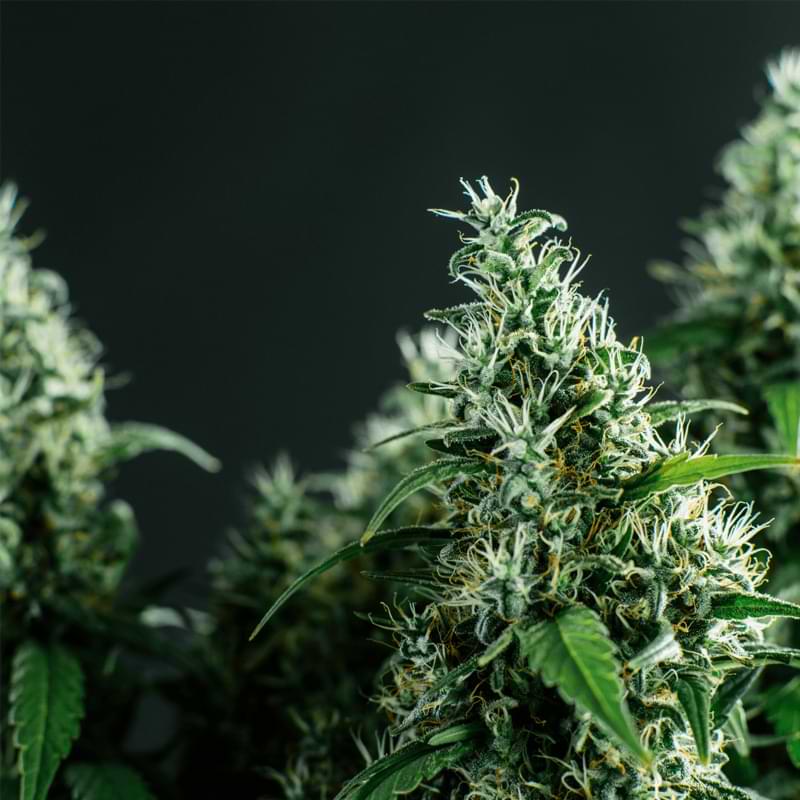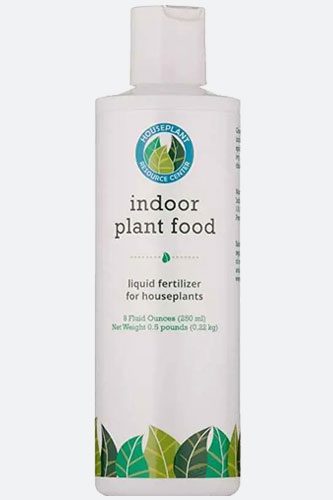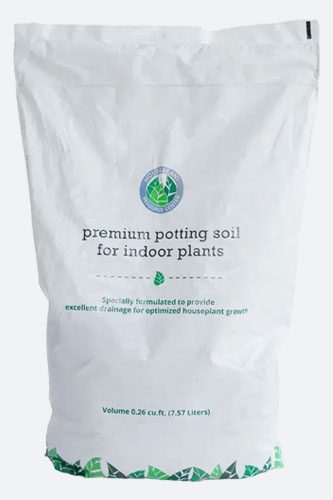When it comes to cultivating marijuana, growers face various challenges that can affect the health and yield of their plants. One such challenge is the occurrence of powder mildew, a common fungal disease that can wreak havoc on marijuana crops.
Powder mildew occurs on cannabis plants by affecting the leaves, buds, stems, and roots that usually appear as a white powder. They spread throughout the plants and can occur at any stage of the cannabis life cycle.
In this blog post, we will delve into the world of powder mildew on marijuana, exploring its causes, identification, and impact on different growth stages of the plant. By understanding this notorious menace, growers can take proactive measures to protect their precious crops.

What Is Powder Mildew On Marijuana?
Powder mildew is a fungal that affects many plant species, including marijuana. It manifests as a powdery white or gray substance on the leaves stems, and buds of the plant, resembling a fine talcum powder. This fungal infection not only hampers the growth and development of the plant but also compromises the quality of the final harvest.
Why Is There Powder Mildew On Marijuana?
Powder mildew thrives in conditions characterized by high humidity, poor air circulation, and moderate temperatures, making indoor and outdoor marijuana cultivation susceptible to its presence.
Several factors contribute to the development of powder mildew on marijuana, including:
- Environmental conditions: High humidity, especially above 70%, creates an ideal breeding ground for the fungus. Stagnant air and low ventilation exacerbate the problem by limiting air movement.
- Plant stress: Weakened or stressed plants are more susceptible to fungal attacks. Factors like excessive heat, improper watering, nutrient deficiencies, or pest infestations can compromise the plant’s immune system, making it an easy target for powder mildew.
How To Spot Powder Mildew On Marijuana?
The following signs and symptoms of powder mildew on marijuana include:
- White or gray powdery patches: Observe the leaves, stems, and buds for the presence of a powdery substance. It typically starts on the lower leaves and spreads upward if left untreated.
- Leaf discoloration: Infected leaves may develop yellow or brown spots, wilt, or curl, affecting the overall vigor of the plant.
- Fuzzy growth: As the infection progresses, the white or gray powder may develop a fuzzy appearance, indicating the presence of fungal spores.
Does Powder Mildew On Marijuana Occur At Every Growth Stage Of The Plant?
Unfortunately, powder mildew can strike at any stage of marijuana growth, from seedling to flowering.
However, certain growth stages are more vulnerable than others. Seedlings and clones, with their delicate and underdeveloped structures, are particularly susceptible.
Vegetative plants are also at risk due to the lush foliage and optimal environmental conditions. Flowering plants are less prone to infection but can still fall, victim, if preventive measures are not in place.
Powder mildew poses a significant threat to marijuana crops, impacting both the quantity and quality of the final harvest. Recognizing the causes and symptoms of this fungal disease is essential for timely intervention and effective prevention.
By maintaining a clean and well-ventilated growing environment, monitoring environmental conditions, and implementing appropriate control measures, growers can safeguard their marijuana plants against the menace of powder mildew.
With careful attention and proactive measures, growers can ensure a healthy and bountiful harvest, free from the clutches of this troublesome fungus.
If you’re a cannabis grower wanting to learn about the ins and outs of growing, you can register for our free Ultimate Marijuana Home Growing webinar. Subscribe to our newsletter to get updates about indoor and outdoor growing tips. New subscribers receive a free Quickstart Guide to Growing Marijuana Ebook and they can join our Weed Wisdom Facebook Community.







